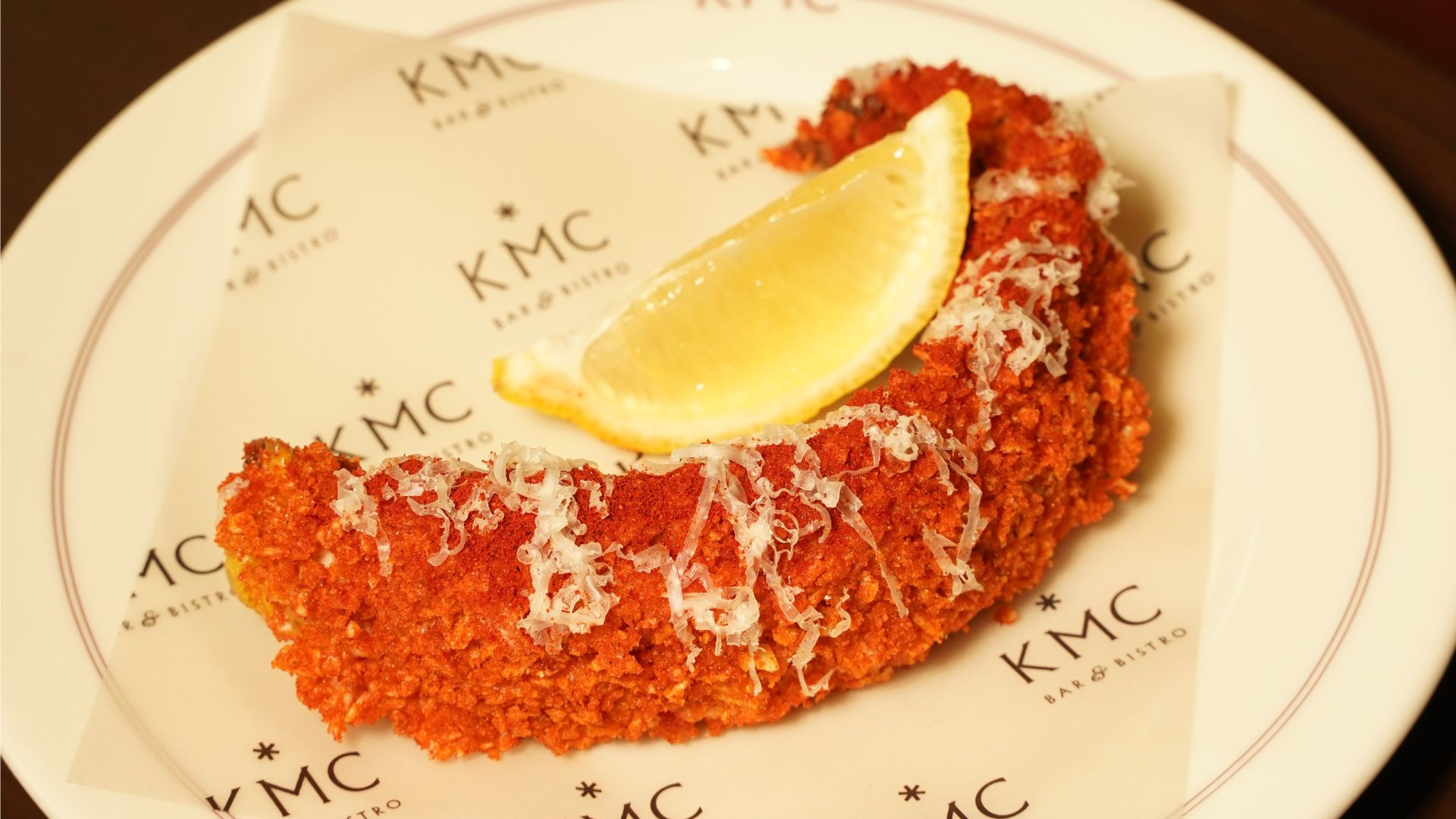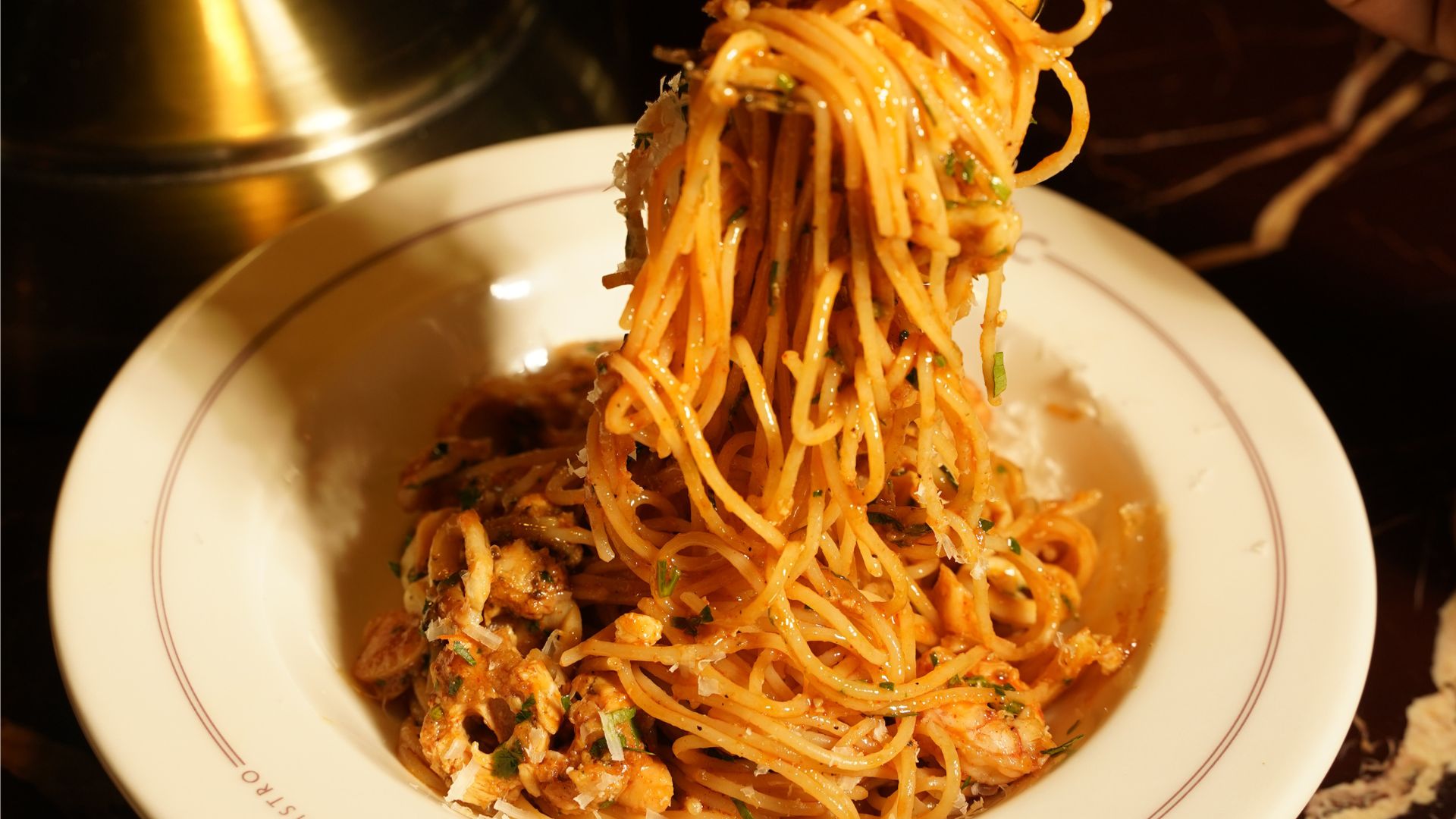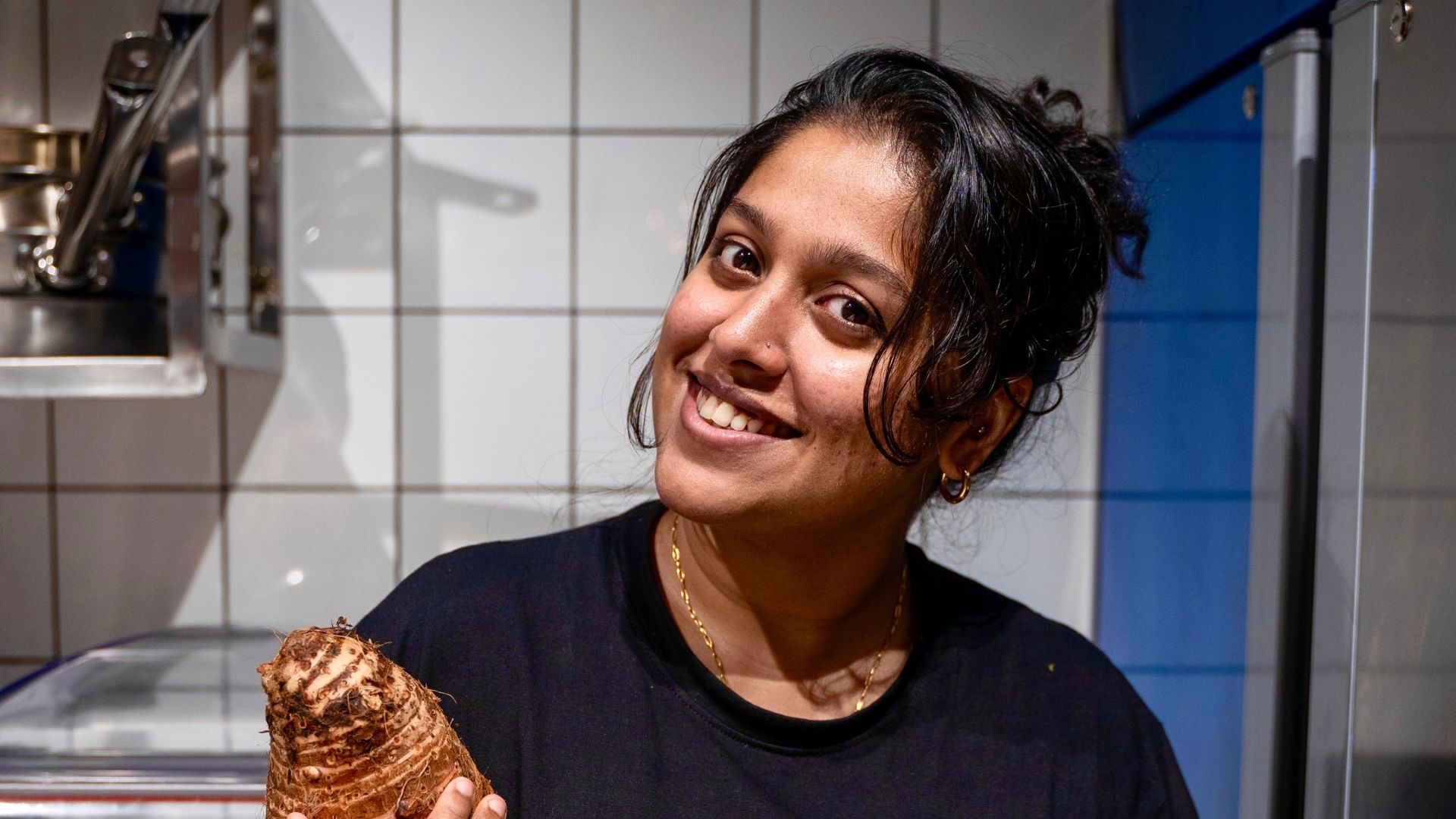Inside KMC Pirojshanagar: Chef Niyati Rao’s Bold Culinary Narrative
KMC Pirojshanagar, the bold culinary venture by Chef Niyati Rao and the NISA Experience team, is more than a restaurant—it’s a layered narrative where food, design, and nature blend seamlessly.
By Rachna Virdi
Located within The Trees in Vikhroli, KMC Pirojshanagar by Chef Niyati Rao is a landmark where food is framed as art, space is curated like an exhibition, and every visit feels like a quiet revelation. The cuisine is bold, layered, and deeply intentional, complemented by a cocktail programme that captures both place and palate.
Though this is only the beginning, the story is far from complete. The space has been designed to evolve—welcoming new culinary expressions, artist residencies, and immersive experiences in the months ahead. Yet, even as much has been unveiled, another story is quietly taking shape inside the same pear-shaped shell.
The inspiration lies in the pear tree—one of the first to flourish in this cultivated woodland. In the Miyawaki forest that surrounds it, the pear tree stood as a symbol of grace, perseverance, and quiet bloom. It became the anchor for KMC’s design philosophy. The sculpture at its heart takes the form of a giant pear, lovingly referred to simply as the pear. From the building’s gentle curves to its unobtrusive footprint, every detail draws from that spirit. KMC was never meant to dominate the forest—it was designed to emerge from it softly, as though it had always belonged. A sanctuary not just for guests, but for ideas, stories, and stillness.
Head Chef and Partner Niyati Rao captures it best: “This isn’t just a restaurant — it’s a place where food meets memory, and space becomes emotion. We wanted to give people something to feel, not just something to taste.”
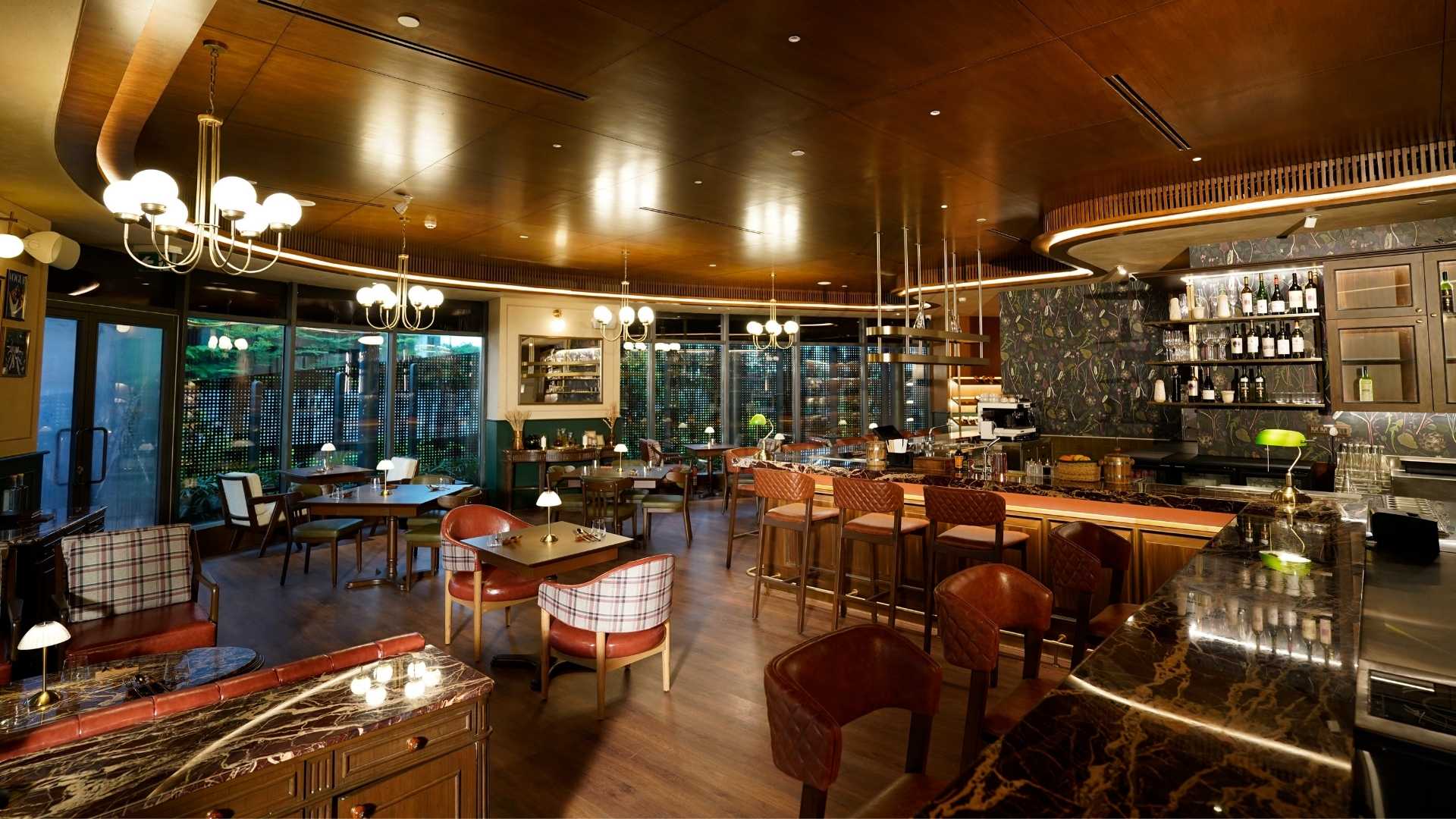
KMC Pirojshanagar by Chef Niyati Rao — where food becomes art, space feels like an exhibition, and every visit is a quiet revelation.
A quiet bistro infused with Mumbai’s vibrant energy
“KMC was always meant to feel like a place where time slows down,” says Chef Niyati Rao. With the NISA Experience layered in, its journey unfolds through a series of curated zones that gently guide the diner through shifting moods.
Step inside and you’re met with a fermentation room opposite a striking wine wall from which guests can select their bottle. A sunlit courtyard recalls the languor of a Sunday afternoon, while the vintage-style bar stretches into an open kitchen where sourdough pizzas emerge, hot from the oven, for guests seated at the counter.
The four experiential zones — the open-air Art Terrace, a sunken Amphitheatre, a Live Kitchen hosting chef residencies, and an intimate Cocktail Space — balance intimacy, interaction, and spectacle. “These open corners evoke quiet joy,” Rao explains. “Each one is intentional — designed to spark curiosity, offer comfort, or inspire celebration. Together, they speak to different parts of who you are when you dine.”
Architecturally, KMC carries a European sensibility — precise in proportion, softened in detail — yet remains deeply rooted in its setting, opening seamlessly into the forest. “It’s European in discipline, but Indian in soul,” Rao reflects. “If I had to describe it, I’d say it’s the Addams Family aesthetic meeting an Italian mafia dinner joint in Chicago or New York, and then somehow finding its way into a Ralph Lauren world.”

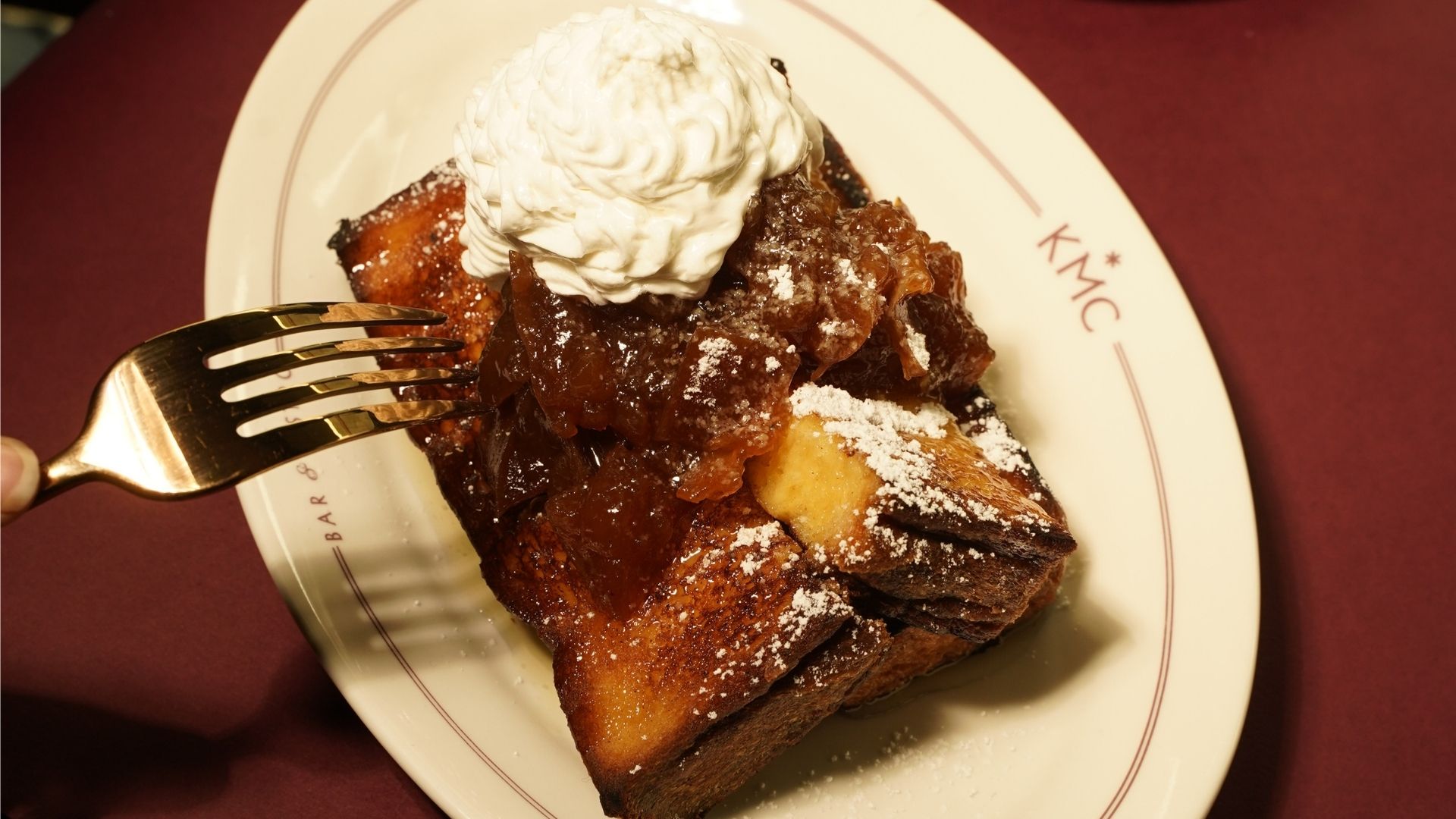
A convergence of food, design, and nature
KMC — short for Khana Mehfil Charcha — is where food, design, and nature intertwine like fragments of an unfolding story. “The core concept of KMC is being a bar and bistro, with a cocktail programme divided into three parts making the Mehfil, and food — the Khana — inspired by the chefs’ learnings, travels, and favourites from around the world,” says Chef Niyati Rao. “Then there’s Charcha, which stands for interaction and chatter — symbolically, the guest experience and the community we keep building. While these core sensibilities remain constant, how we present and innovate keeps evolving from place to place. Every KMC is unique to its setting, so no two can be called sequels — each has its own distinctive character.”
Sometimes indulgence isn’t about extravagance — it’s about comfort without effort. Here, the community space is reimagined to celebrate effortless indulgence: classic.

Each drink invites conversation — inspired by a season, a memory, or a city.
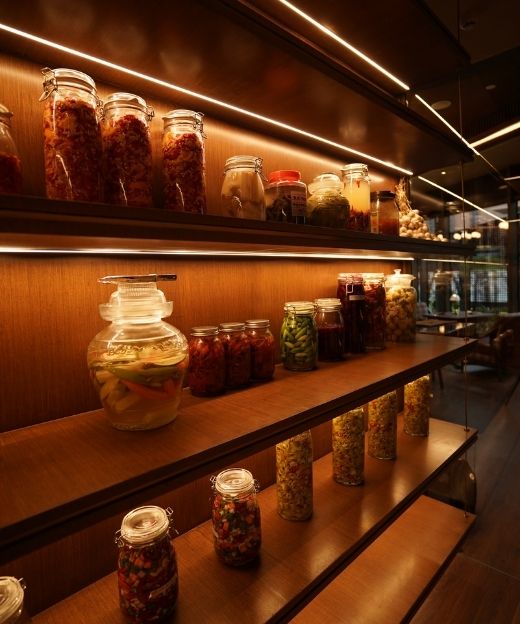
Fermentation lies at the heart of the kitchen, nurtured in its own dedicated space.
Bold & layered menu
The menu at KMC is bold, intentional, and deeply personal — a celebration of flavour shaped by slow-fermented breads, seasonal produce, and a newly introduced range of artisanal sourdough pizzas. The cocktail programme shines with creations such as the truffle Negroni, mahua-infused classics, and house-made liqueurs rooted in both place and palate.
“We didn’t want to create a menu that felt safe,” says Chef Niyati Rao. “Every dish — even the simplest — had to mean something to me, to the guest, and to the story of the space. The flavours are confident but never overpowering, balancing familiarity with freshness. Single plates are perfectly portioned for focus and enjoyment; all the technique is distilled into that one creation, and that’s what makes it beautiful.”
The beverage list is equally considered. “At KMC, our drinks tell stories,” she adds. “We’ve rooted the menu in Indian drinking traditions, but with a playful twist — ferments, local ingredients, house-made cordials, and kitchen techniques all make their way into the glass. Each drink sparks conversation, whether inspired by a season, a memory, or a city. The goal is to make drinking feel familiar, yet entirely fresh.”
While Rao’s personal favourites change daily, she admits a fondness for the sourdough pizza and the vegetarian lasagna (“no less than a meat substitute”), alongside desserts like tiramisu and Kahlua coffee mousse. She is also excited about her upcoming handmade pasta menu, where she’s explored sauces in depth. “Think tomato-crisp sticky rice with burrata and arugula salad — simple combinations done well can really stand out.”
Fermentation is at the heart of the kitchen, supported by a dedicated space. “Fermentation is a living process. It teaches patience, respect, and restraint — qualities I believe in, both in life and in cooking. Having a space for pickling and preservation was non-negotiable. It gives the menu complexity, sustainability, and depth, while paying homage to traditional Indian preservation techniques and their nuanced flavours.”
In the presentation, KMC favours restraint over excess. “We haven’t over-styled anything,” says Rao. “We’ve had fun with custom monogrammed ceramics that recall 1960s New York bistros, while also embracing steel for an edge. Plating is minimal yet layered — food should feel alive, not stiff. Service, too, is about warmth, not performance. We want diners to feel seen and cared for, with genuine understanding and curiosity, never pretense. Hospitality, to us, is about being present for every step of someone’s experience.”
Image credits: Nikhil Vaidya
